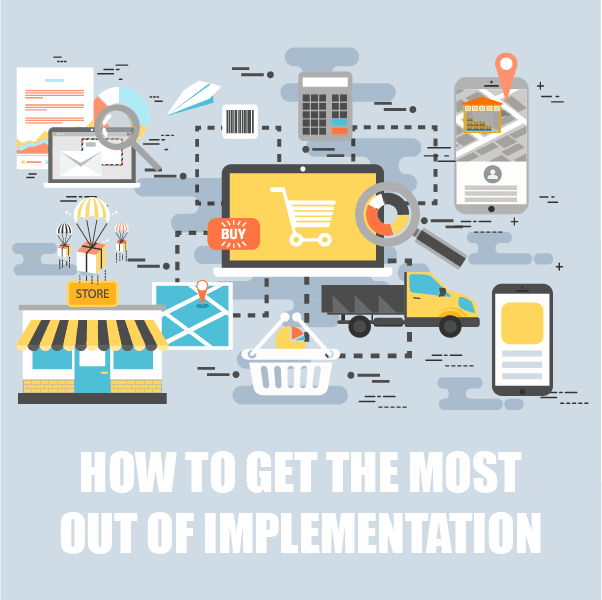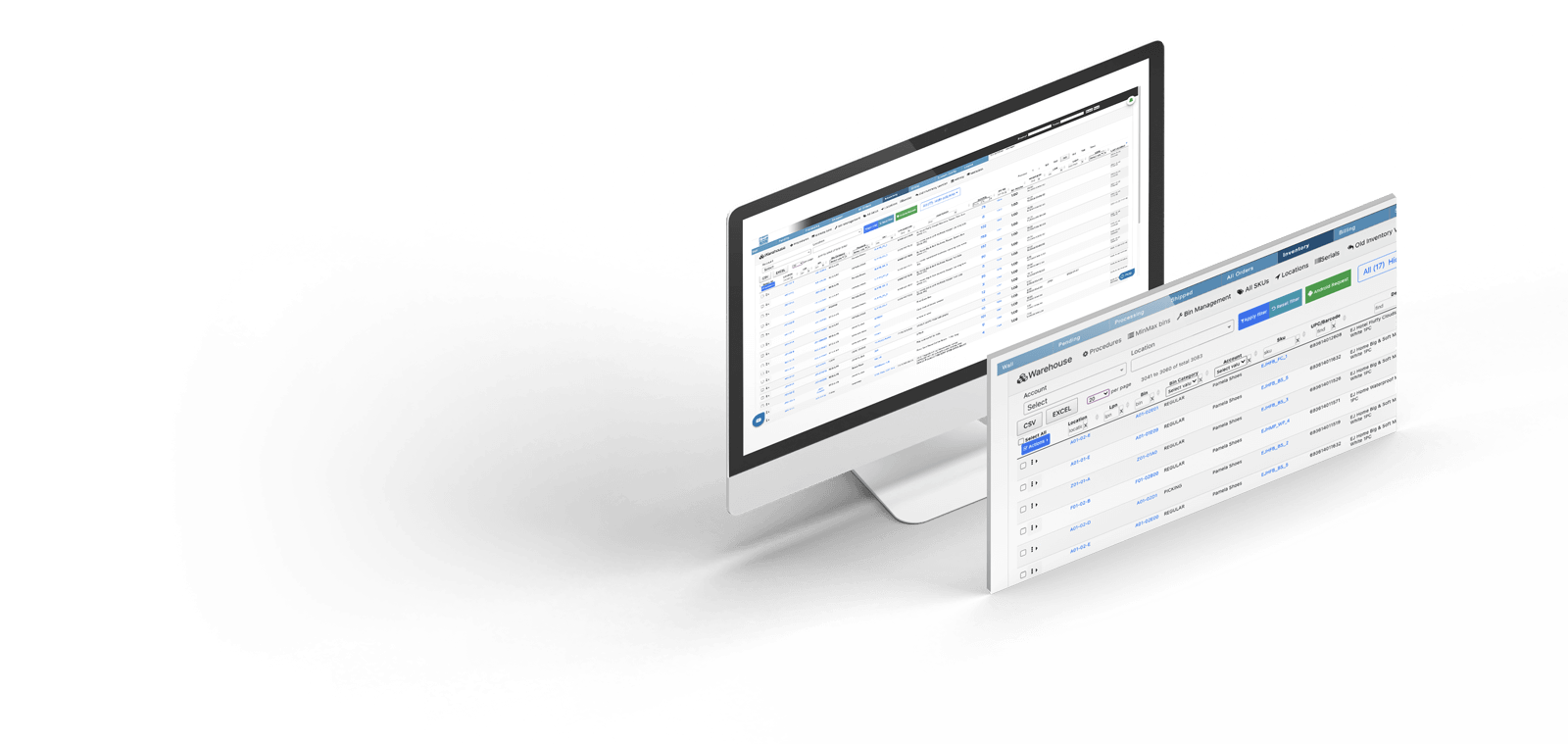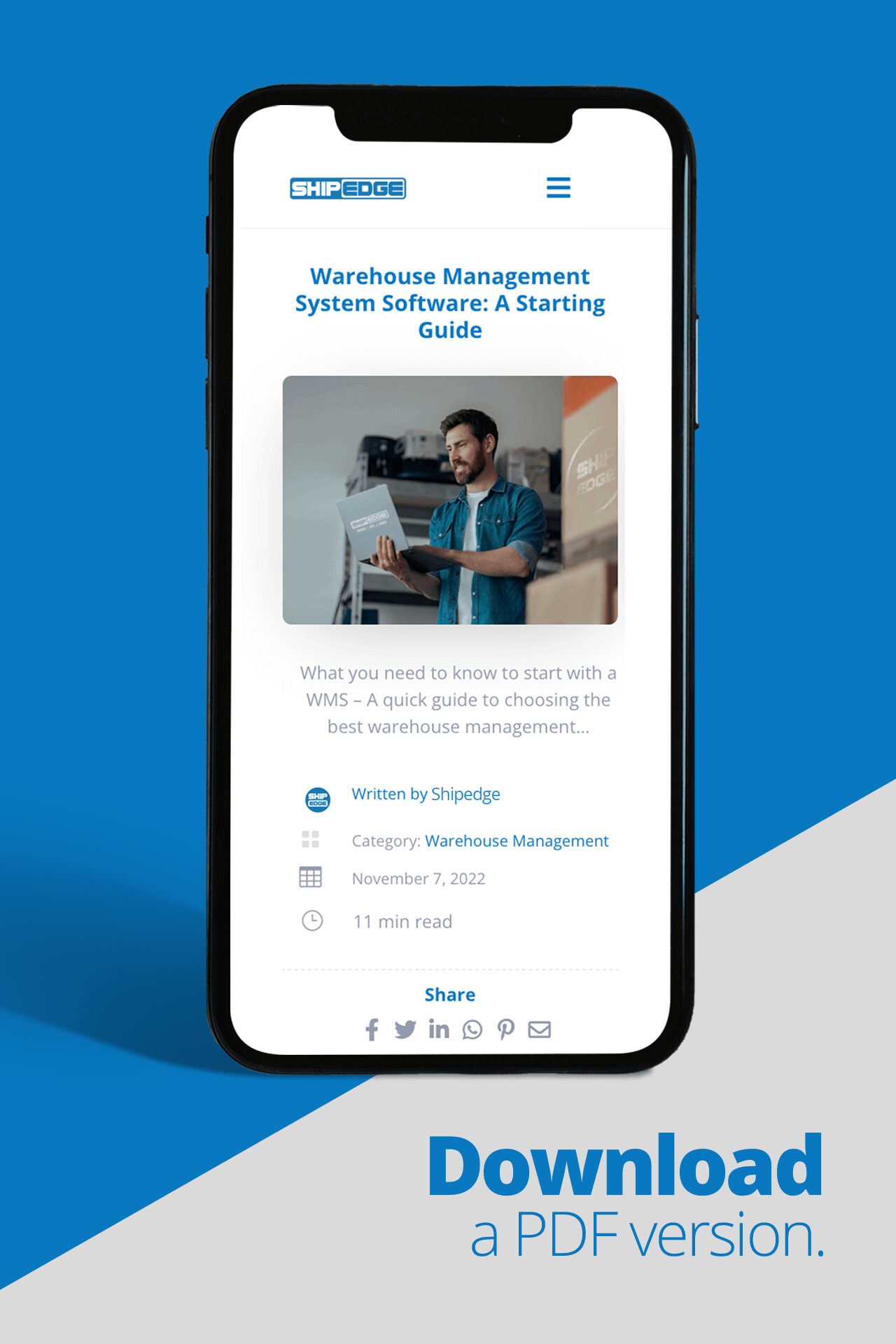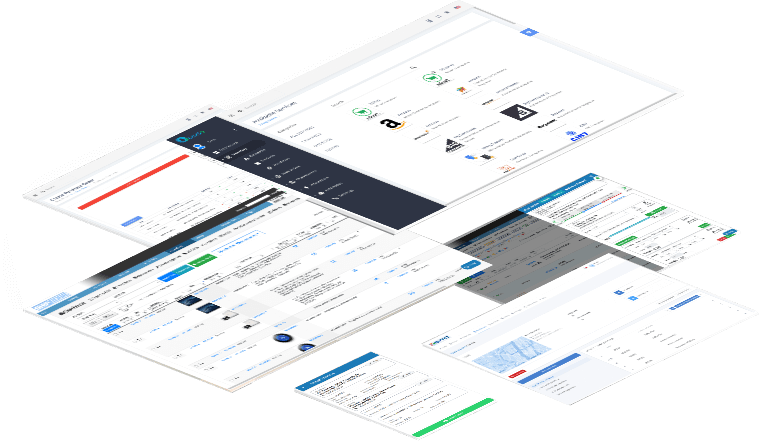As you conduct your search for an inventory management system, order management system, warehouse management system, or any software for your fulfillment center you will eventually run into an implementations cost. The idea of a startup cost is relatively familiar and prevalent across any monthly service. For utilities there is a fee to open an account, property rental often includes a deposit, and gyms will include an activation fee. The difference between implementing a system and these other examples is that implementation is an opportunity.
What is Implementation?
Implementation is the process of putting a plan into effect or executing on the agreement made between you the buyer and the SaaS Company. That said it is important to define your goal for implementations. If your goal is simply to get the system implemented, then you are leaving a lot of opportunities on the table. A better goal would be to learn as much as you can about the system while you get it implemented as quickly as possible.
As an example, Shipedge is a SaaS Company and we have a wide variety of businesses we work with. Some of our clients are one-man eCommerce shops and others are large 4PLs, but all of our clients have access to the same features. An eCommerce client probably would not care about Automated Billing for 3PLs while a 4PL would.
We just finished a great implementation with an eCommerce client. He asked a lot of questions, we were shipping orders by week two, and he invested time learning each module of our service. During implementation we finished organizing the warehouse and noticed that he had extra space in the back. We approached him to float the idea of fulfilling orders for someone else using his extra space and he loved the concept. Essentially overnight, he was able to diversify into a 3PL. So now, he is very interested in 3PL Automated Billing. This is what you want out of implementation – the ability to use the tools available to grow your business.
Implementation is a success when you are able to quickly replace your old system with your new system by learning the software, getting your team on board, and discovering new avenues for growth. If you want your software implementation to position you for growth, then consider the following points:
1. Know Your Implementation Goal
With anything, you should always define a goal first. Business 101 suggests you make a SMART goal (Specific, Measurable, Attainable, Realistic, Time-Based). So, what is your goal? A good goal might be that you and your team are 100% competent with all of the features you need, you are 100% educated on all of the available features, and that you will be implemented and processing orders in one month. If you have a clear goal going into implementation, it will be a lot easier to benchmark your success.
2. Quick and Constant Communication with Your SaaS Company
The first step here is to address a common misconception: software companies will drag out implementation. Prospects have often expressed concern that a monthly implementations fee will encourage my organization to move slowly and collect the monthly cost as essentially free money. This is simply not the case. Consider a credit card company. They receive no benefit from that credit card sitting in your wallet. They want you to use it. This is the same for Warehouse and Order Management Systems. We don’t make any money off of the system sitting on your shelf. We want you to use it, but that can only happen once you are implemented.
With that in mind, you can now view your SaaS provider as a partner, not a vendor. As a partner, you want to keep us in the loop and you should ask all of the questions you can. During implementations, you have a team of experts eagerly wanting to work on this project, so utilize those connections and implementations will be a quick and mutually beneficial.
3. Get Your Team Involved
Let’s say you only need to really know 60% of our features to fulfill orders year round. Even if you do not pay attention during implementations you are going to eventually learn that 60% through sheer osmosis. So, if you want the bare minimum, you are going to get there. But why would you do that? You spent time vetting your options and are now spending money to execute a new system, why would you phone it in during implementation?
If your goal is simply to implement the new software, then you are missing out on what the software is for, which is to help you create a scalable and efficient business ecosystem. So, take the time to really learn the system. You may not need Lot Control, Kitting on the Fly, or certain integrations today, but just knowing that you have those options available may give you opportunities in the future.
4. Implement Quickly
It does not matter if you have 1 employee or 100, your team should be on board with the new system. Your employees are going to be using this system every day, so it is important to involve them in the process. If possible, I would even recommend conferring with your pickers as you are considering different software providers. The best-case scenario is that one of your employees comes up with a great idea that blasts your company growth into the stratosphere, but the worst-case scenario is that you know your team is 100% competent with the system, which will save you time and money in the long run.
5. Know When to Stop Implementation
This goes back to making sure that you and your Warehouse and Order Management Company have aligned interests. Get the ball rolling and keep it rolling until the project is done. If you don’t make a conscious effort to implement then you may just keep putting it off. Three months from now you may be in the exact same position except you just wasted three months of time and resources when you could have been reaping the rewards. Once you finally get a solution in place you may be 6 months behind and may have entirely missed the holidays, leaving even more money on the table.
There are a myriad of reasons to be aggressive with implementation, but they all come down to the same concept: don’t waste your time and money. If you need 2 months for implementation, then be efficient with that time. The faster you learn, the more you can learn and the more opportunities for future growth.
Final Thoughts
Implementation is the biggest unknown when it comes to selecting the right WMS or OMS for your organization. Like everything in the logistics industry software is easy to understand conceptually, but actually implementing that software can be a horrifying prospect. You start to realize that you don’t know what is actually involved in implementing this complex system, so you freeze up.
A) All you need to know is what the software is supposed to do and that your vendor is going to help you put it into place.
B) All you need to do is create a goal and keep good communication with your implementer.
C) All you need to worry about is understanding how the system is going to work in your organization. You will get there and it is going to be a lot easier than you expect.
Implementation feels complex because software is complex and supply chain management is complex, but these systems were not built for programmers. These systems were built for you. They were built to make your life easier. Even though implementation is a process, it is a lot easier to pick up the system than you’d expect. If you have implementations questions or want to learn more about Shipedge, you can contact us here.









0 Comments